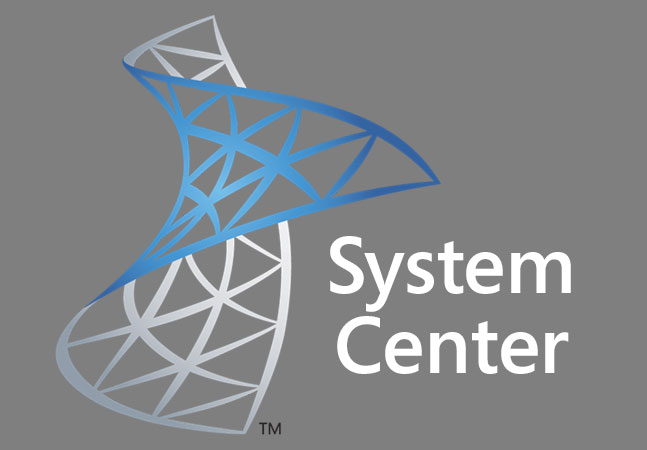News
Microsoft Touts Strong Adoption for 'Configuration Manager as a Service'

According to Microsoft, more than 38 percent of organizations have made the jump to the most recent System Center Configuration Manager (SCCM) version.
The latest SCCM update is known as "1602" for "2016 February" (although it was released around mid-March as a final product). The 38 percent milestone happened about two weeks after SCCM 1602 was released, according to a blog post today by Brad Anderson, corporate vice president for Enterprise and Client Mobility at Microsoft.
This SCCM update model is fairly new, having commenced with Microsoft's SCCM 1511 current branch release back in December. Anderson noted that Microsoft has now "turned ConfigMgr into a service."
SCCM gets updated more frequently to address the changes with Microsoft's Windows 10 operating system, which follows a similar service-enabled model. This update model "represents a huge change" in how Microsoft engineers its SCCM client-server management product, Anderson explained.
All told, Microsoft claims that there are "more than 12.5 million devices" managed using SCCM 1511 or SCCM 1602, based on more than 8,600 customers using the management products. That 12.5-million device figure represents "about 10% of the ConfigMgr customer base," according to Anderson.
Here's Microsoft's graph tracking the progress of SCCM 1511 and SCCM 1602 deployments over time:
 [Click on image for larger view.]
Adoption of System Center Configuration Manager releases 1511 and 1602. Source: Microsoft blog post.
[Click on image for larger view.]
Adoption of System Center Configuration Manager releases 1511 and 1602. Source: Microsoft blog post.
Microsoft's SCCM update scheme follows the same nomenclature as Windows 10 updates. There's an initial "current branch" release, followed by a new current branch release approximately every four months. A "current branch for business" release happens approximately every eight months. Organizations need to keep up with current branch for business releases to stay supported under Microsoft's update scheme.
SCCM 1602 wasn't the next current branch. It was merely considered to be "an update" to SCCM 1511. Perhaps, per Microsoft's scheme, a new current branch will appear this month for SCCM. It's not really clear. The Windows 10 servicing history, as published by Microsoft here, doesn't exactly track with the SCCM servicing history.
Even though Microsoft's Windows 10 updates are cumulative updates, meaning that they contain all of the updates since the last release, that model apparently doesn't track with SCCM updates. For instance, organizations need to have SCCM 1511 in place before upgrading to SCCM 1602, according to this March Microsoft blog post.
"You must be running build 1511 in order to upgrade to build 1602," the blog states. "If you are currently running ConfigMgr 2012 R2 SP1, first upgrade to build 1511, and then you'll be able to use the new in-console servicing upgrade feature to upgrade your hierarchy to 1602."
Microsoft now delivers its SCCM updates through the Updates and Servicing node of its management product. However, it looks like organizations have to tweak things a bit to get that update flow started in SCCM, if wanted.
About the Author
Kurt Mackie is senior news producer for 1105 Media's Converge360 group.